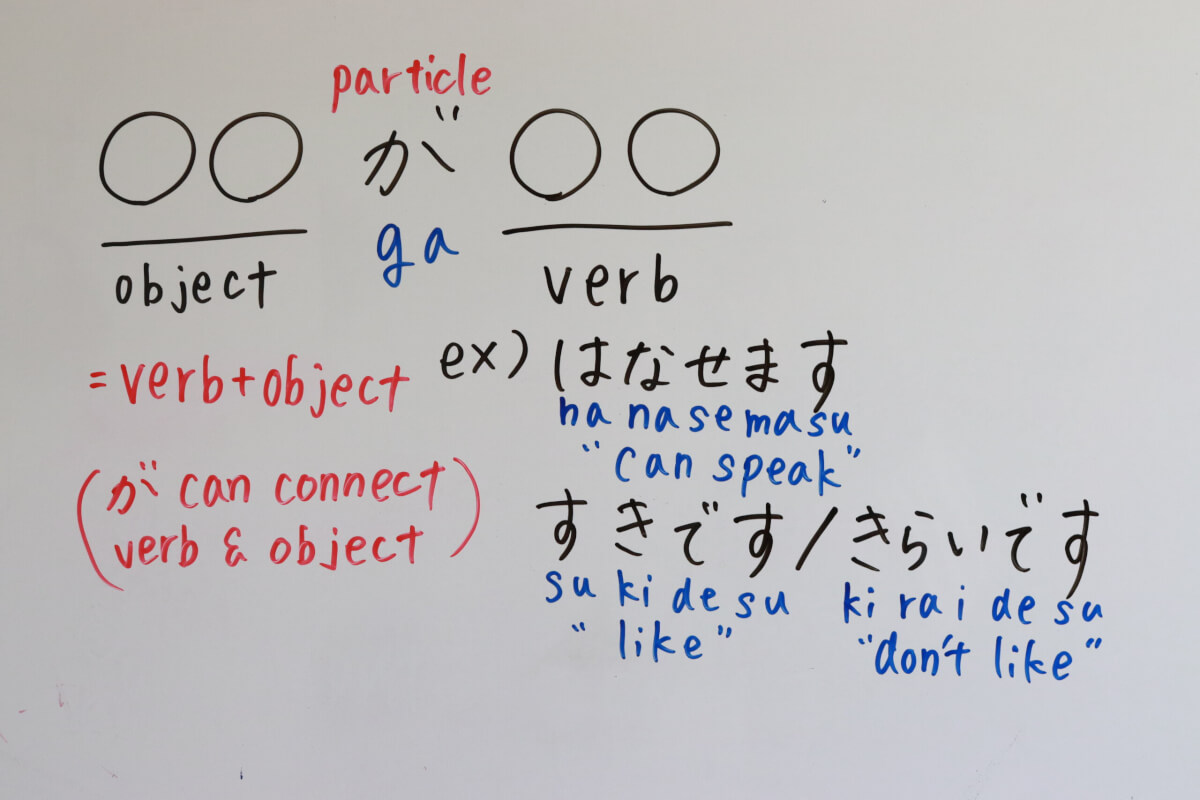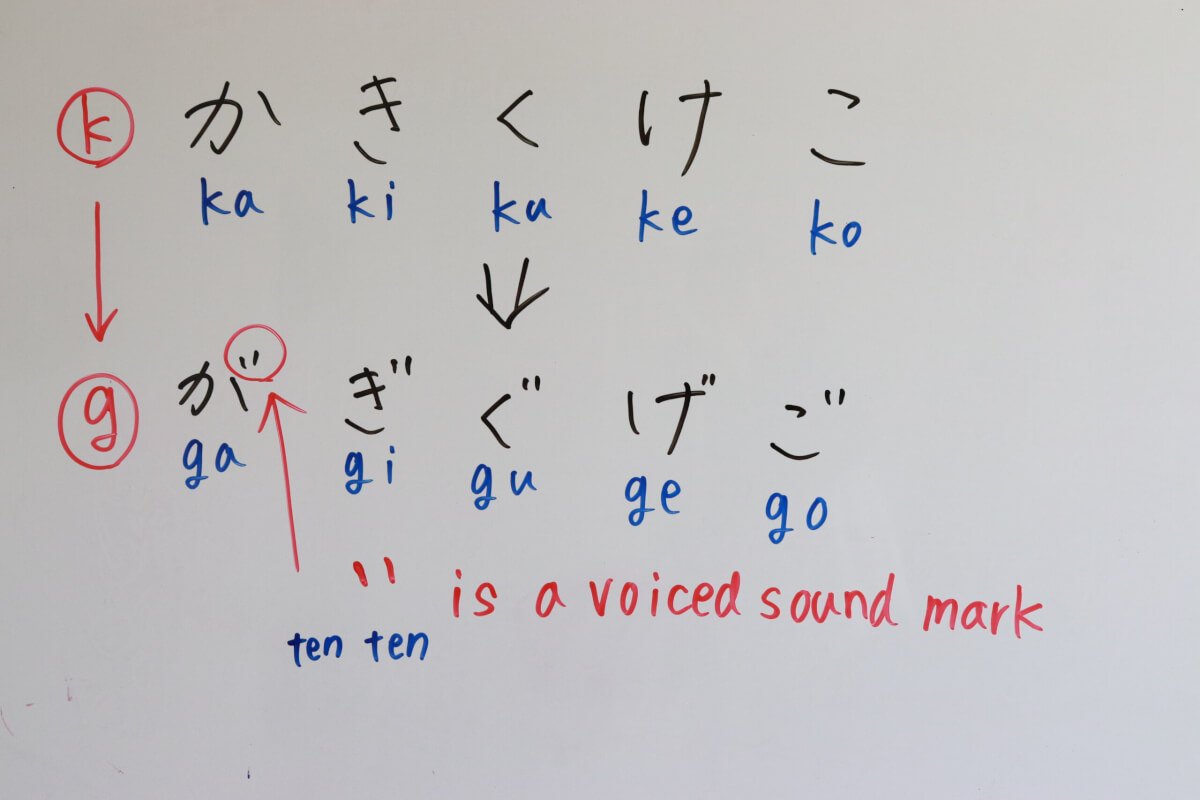- Release Date:
G in Japanese alphabet

As you learn the Japanese alphabet, you may have many questions. Some of them may be alphabets that you have never seen before in your own language.
Today, I would like to focus on the letter "g" which is very similar to "k" in Japanese. Let's learn the basics of how to pronounce it and the difference.
"G" in Japanese is "ga gi gu ge go"
The sound "g" in Japanese is "ga gi gu ge go" with five vowels. Since Japanese has five vowels, which is fewer than other languages. Many people may find it easier.
| A | I | U | E | O |
|---|---|---|---|---|
| が ガ /GA/ | ぎ ギ /GI/ | ぐ グ /GU/ | げ ゲ /GE/ | ご ゴ /GO/ |
The upper row "か" is in Hiragana, the lower row "カ" is in Katakana.
Example words with "g" sound
- ゲーム (gēmu) - Game
- ガラス (garasu) - Glass
- グラス (gurasu) - Glass (for drinking)
- ガム (gamu) - Chewing gum
- ガソリン (gasorin) - Gasoline
- ゴム (gomu) - Rubber
- Particle 「が」 (ga) - Subject marker
As you can see, many words using the "ga" line are katakana words. This is also called katakana English: words that come from English and are translated and used in Japanese are called katakana English (or wasei eigo: Japanese English).

Other examples include "ga," which is a Japanese particle. It is often used as a general topic marker, for example, 「私は英語が話せます。/watashi wa eigo ga hanasemasu/」"I can speak English.
What is the difference between "K" and "G" sound

If you have ever studied the Japanese Hiragana chart, you have probably seen "ka ki ku ke ko". Their sound are similar to G sound. G is called a voiced sound, and the letter K with a "゛" is G. The letter G is called a voiced sound, and the letter K with a "゛" is G. Therefore, each letter has the same form.
What is voiced sound?
The Japanese term "dakuon (濁音)" refers to sounds produced in pronunciation by vibrating the vocal cords within the mouth. Specifically, it denotes sounds among consonants that contrast with their non-voiced counterparts, known as "seion (清音)."
While seion are pronounced without vibrating the vocal cords, dakuten are produced with vocal cord vibration.
In Japanese, dakuten plays a role in distinguishing the meaning of words and sentences. For example, words with the same syllable but differing only in the presence or absence of dakuten, such as "てんき" tenki, weather and "でんき", denki, electricity, they have different meanings.
Other voiced sound alphabets
In addition to the G sound, there are three other voiced sounds: Z, D, and B.
These, like the G, have the same form, only with the "゛" added to change the sound. They are very similar.
| A | I | U | E | O |
|---|---|---|---|---|
| ざ ザ /ZA/ | じ ジ /ZI/ | ず ズ /ZU/ | ぜ ゼ /ZE/ | ぞ ゾ /ZO/ |
| だ ダ /DA/ | ぢ ヂ /DI/ | づ ヅ /DU/ | で デ /DE/ | ど ド /DO/ |
| ば バ /BA/ | び ビ /BI/ | ぶ ブ /BU/ | べ ベ /BE/ | ぼ ボ /BO/ |
How can I learn the Japanese alphabet more effectively?
To learn Japanese characters, start with the form from the table. Then, learn by writing. I am sure it is the same when you learn your native language. When you write, be sure to learn the sounds as well.
In my ebook, there are charts of Hiragana and Katakana with my pronunciation as a native Japanese speaker. Of course, a video showing how to write Japanese characters is also included. If you are interested in learning Japanese in the shortest possible time, please pick up a copy.
